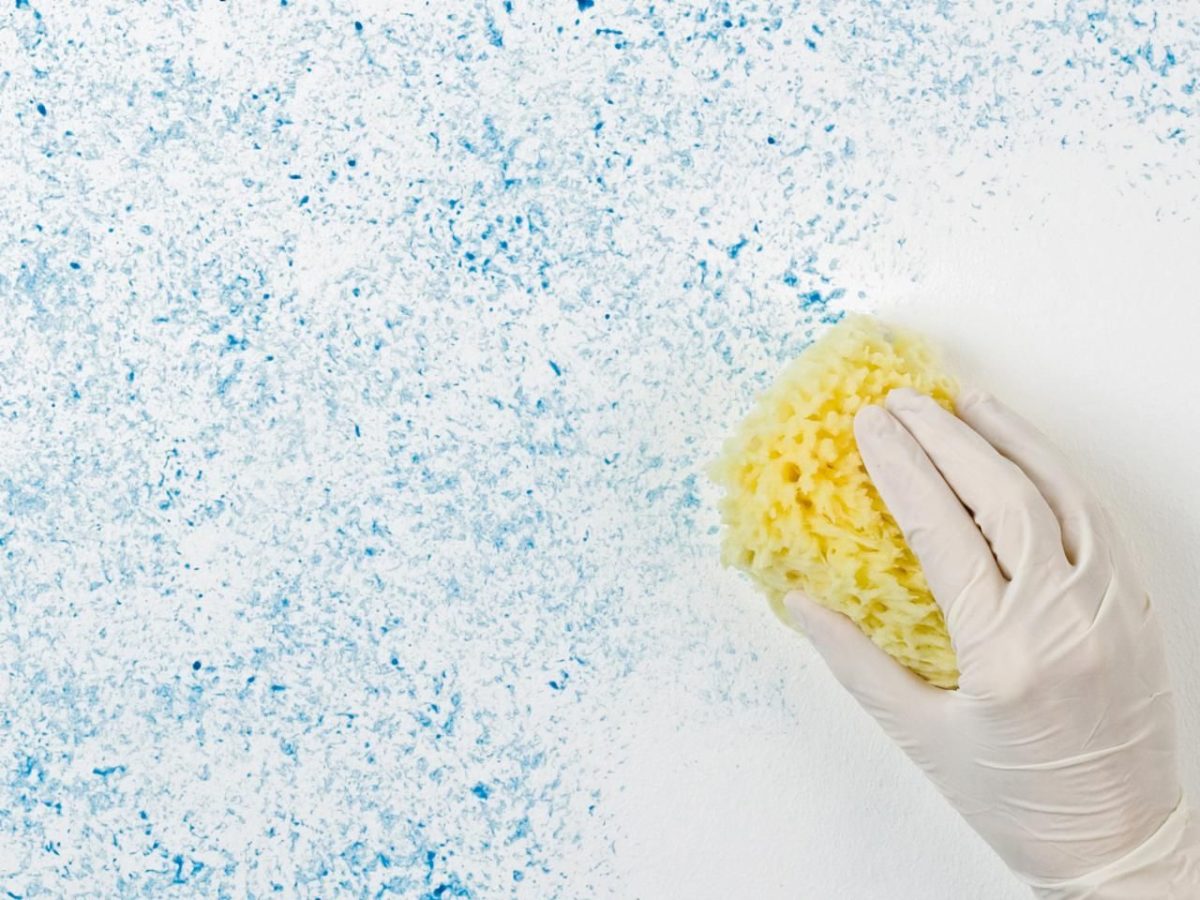How to do the sponging to paint the walls perfectly? Choose a synthetic or natural sponge? Two different methods of performing the technique for two different final effects.
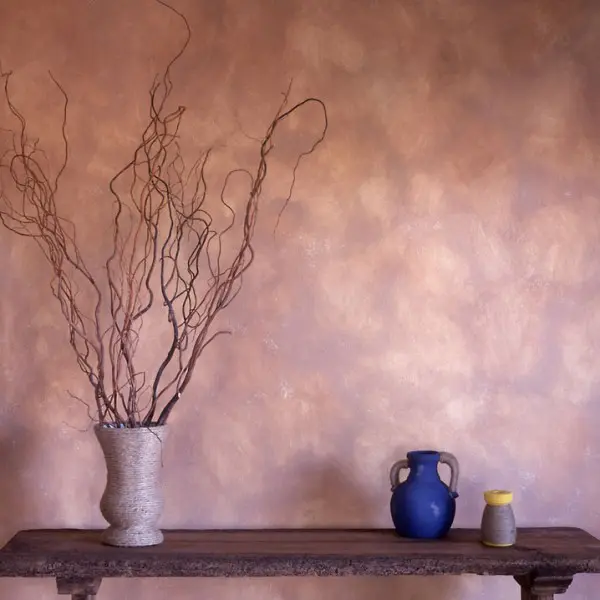
There sponging is one of the painting techniques most used, perhaps even the most simple to be performed, and it is done with the help of a particular sponge, which can be of synthetic material or natural, to get a different effect, which must be chosen according to your tastes.

Technical sponging and methods for painting the walls of the house
Using a synthetic sponge (industrial product) you will have a drawing that is repeated in a manner same, for a final effect homogeneous.
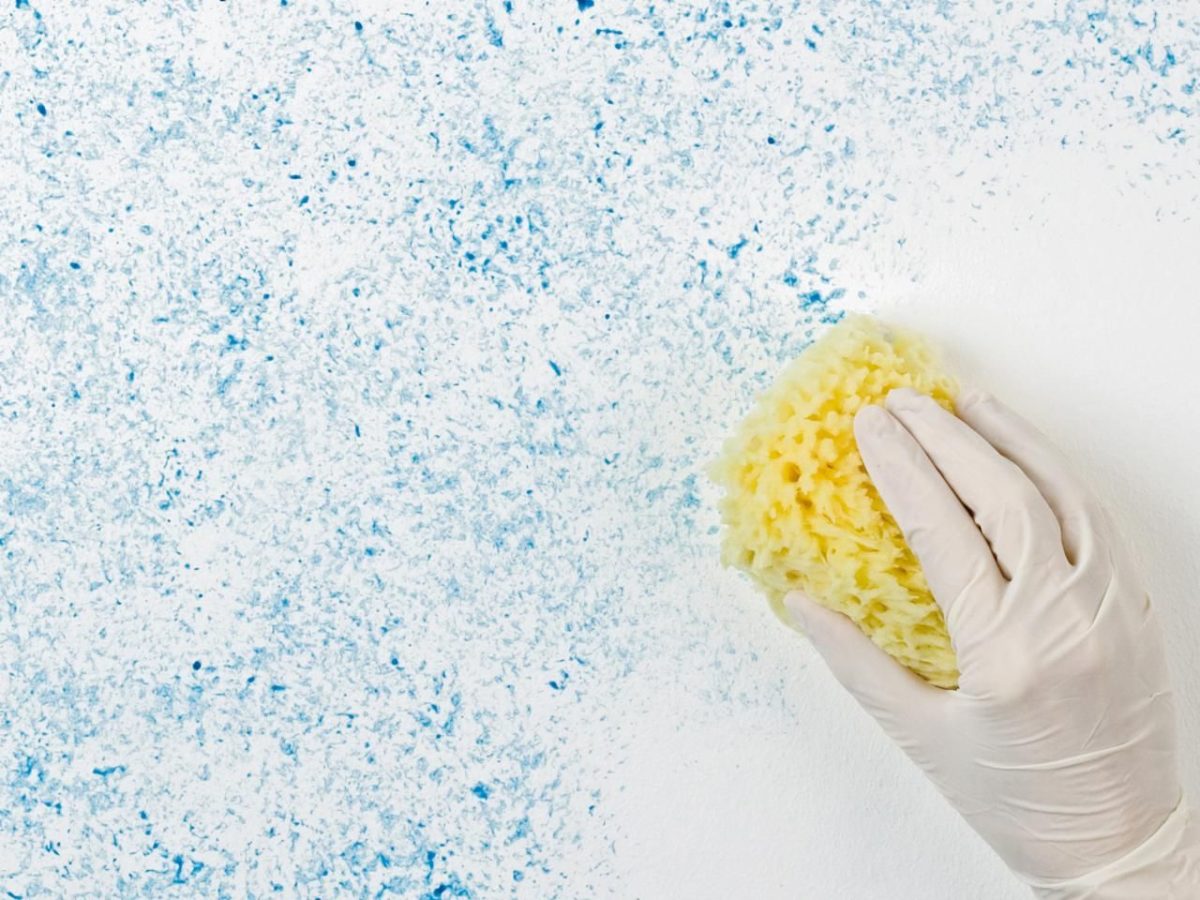
Read also: Wall colors – how to paint and paint the house
While, if you use a natural sponge (marine), having a surface uneven, it will have a final effect multifaceted.
Exist two ways to perform this technique correctly and have a perfect result the final.
1st method of painting the walls with sponging
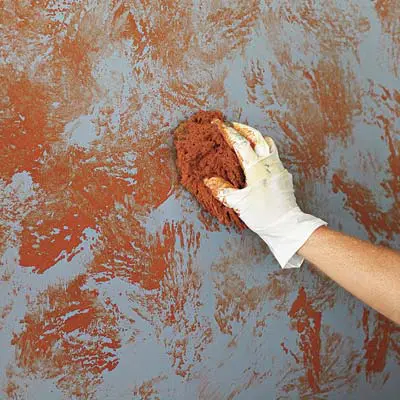
- prepare there surface with a layer of primer;
- paint the walls: with two hands bottom of the tint chosen base;
- run thesponging effect, dipping the sponge in the paint of the chosen color, and dabbing the wall with light touches.
2nd method of painting the walls with sponging

- prepare there surface with a layer of primer;
- roll out the paint with two hands of bottom (of different color or of the same color), just after the second draft, with the sponge Yes tap on the wall until the still wet paint comes off. Every now and then it is advisable to wash the sponge to prevent it from becoming excessively soaked with painting.
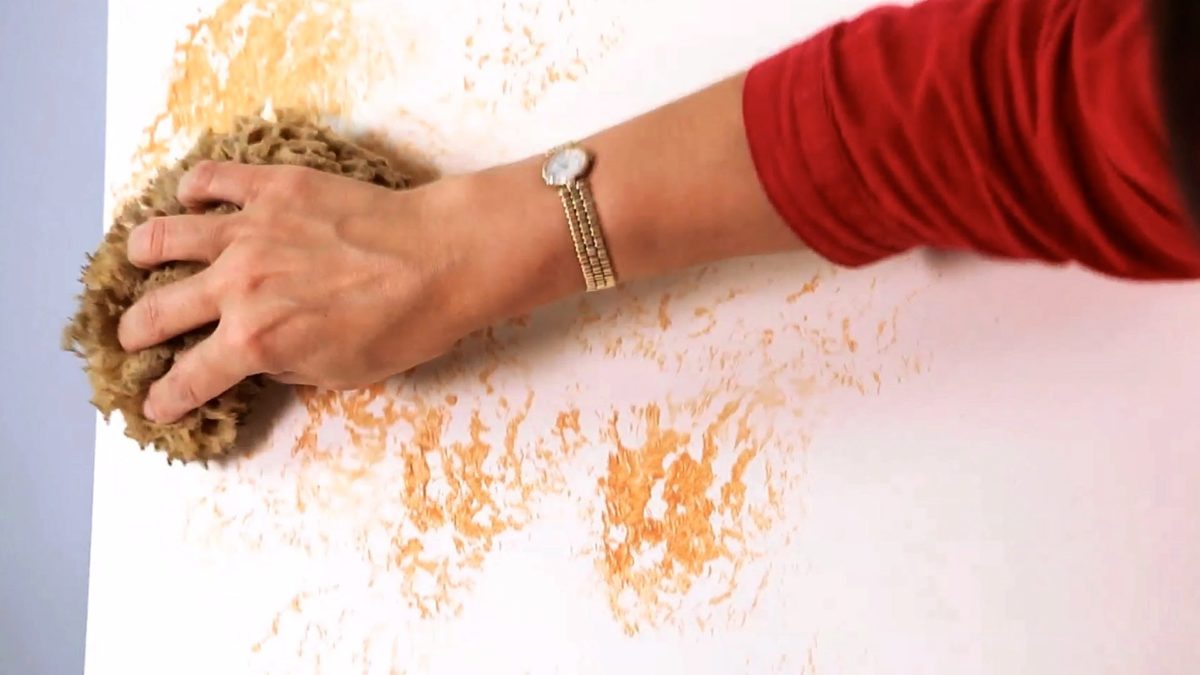
The second method is definitely more decorative but also the most difficult to perform, since the paint does not have to dry; so you have to be quick enough to execute the sponging.
Photo and image gallery: examples of painting with sponging of the walls
Things to know to paint the walls
Painting the walls and choice of colors
Brushstroke tinting technique

- Degree in political science international relations
- Founder and Director pianetadesign.it
How to do the sponging to paint the walls perfectly? Choose a synthetic or natural sponge? Two different methods of performing the technique for two different final effects.

There sponging is one of the painting techniques most used, perhaps even the most simple to be performed, and it is done with the help of a particular sponge, which can be of synthetic material or natural, to get a different effect, which must be chosen according to your tastes.

Technical sponging and methods for painting the walls of the house
Using a synthetic sponge (industrial product) you will have a drawing that is repeated in a manner same, for a final effect homogeneous.

Read also: Wall colors – how to paint and paint the house
While, if you use a natural sponge (marine), having a surface uneven, it will have a final effect multifaceted.
Exist two ways to perform this technique correctly and have a perfect result the final.
1st method of painting the walls with sponging

- prepare there surface with a layer of primer;
- paint the walls: with two hands bottom of the tint chosen base;
- run thesponging effect, dipping the sponge in the paint of the chosen color, and dabbing the wall with light touches.
2nd method of painting the walls with sponging

- prepare there surface with a layer of primer;
- roll out the paint with two hands of bottom (of different color or of the same color), just after the second draft, with the sponge Yes tap on the wall until the still wet paint comes off. Every now and then it is advisable to wash the sponge to prevent it from becoming excessively soaked with painting.

The second method is definitely more decorative but also the most difficult to perform, since the paint does not have to dry; so you have to be quick enough to execute the sponging.
Photo and image gallery: examples of painting with sponging of the walls
Things to know to paint the walls
Painting the walls and choice of colors
Brushstroke tinting technique

- Degree in political science international relations
- Founder and Director pianetadesign.it

